About Us
South Australia has been leading Australia’s space endeavours since the nation’s very first rocket launches in the 1950s.
In September 2017, the Government established the South Australian Space Industry Centre (SASIC) as the central hub for the state's space industry, connecting local and international organisations.
Established within South Australian Government agency, Defence SA, SASIC drives industry and workforce development through a range of initiatives. These include leading infrastructure projects, events, scholarships and support for programs designed to inspire and train the next generation of space leaders.
The growth of South Australia’s space industry is a key part of the state’s economic development. Home to the Australian Space Agency and more than 100 space-related organisations, the state’s space capabilities span launch, satellite manufacturing, mission control and Earth observation.
Our Team
The SASIC executive team leads the development and growth of South Australia’s dynamic space industry. Find out more about the individuals driving our mission forward.
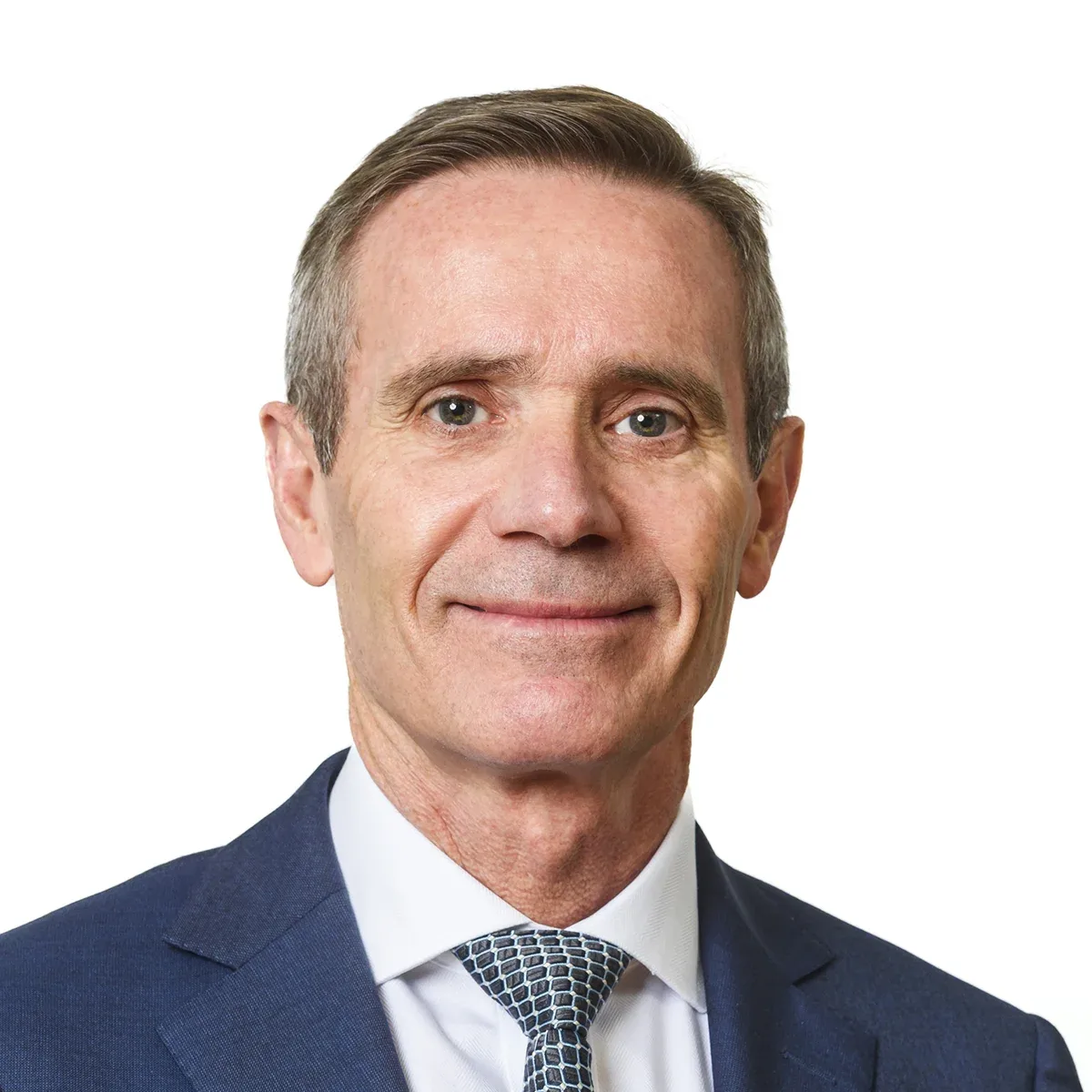
Matt Opie
Chief executive, Defence SA
Matt Opie commenced as Chief Executive of Defence SA in April 2024. Matt’s priority is to support and grow the defence and space sectors in South Australia to contribute to the state’s prosperity and national defence capability. His role also encompasses Chief Executive of the South Australian Space Industry Centre and responsibility for the Defence Innovation Partnership and Veterans SA.
An Australian Defence Force Academy and Royal Military College Duntroon graduate, Matt has held senior defence positions across government, industry and academia over the course of his 35-year career.
He served as an officer in the Royal Australian Corps of Signals in Australia, Europe and the Middle East.
Matt has worked on high technology defence projects in the Asia-Pacific, US and Europe with defence forces, governments, research organisations and the private sector.
Matt’s most recent role was at the University of South Australia as Director Defence and Space where he was responsible for the university’s research strategies and engagement with the defence and space sectors. Other previous roles included at Saab and BAE Systems in program management, business development and industry engagement.
Matt has a Bachelor of Science and a Master of Business Administration.
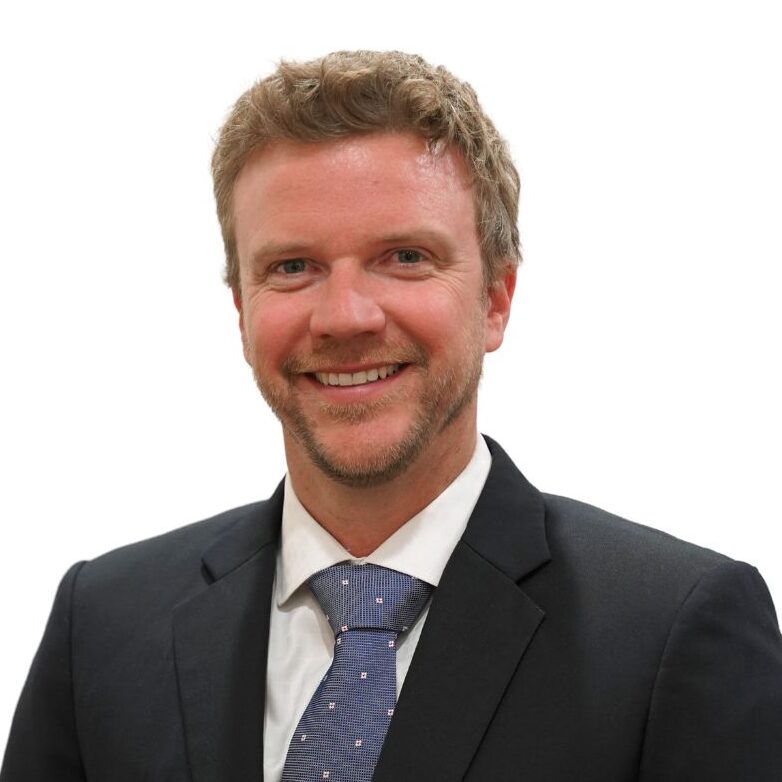
Campbell Pegg
Director, Space
Campbell Pegg joined SASIC as Director, Space in April 2025, and is responsible for supporting the development of South Australia’s space ecosystem, leading industry and economic development activities for the state and guiding the development of South Australia’s space sector strategy.
With a distinguished career spanning over 15 years across five countries, Campbell has played a critical role in numerous international and national space missions. He has held leadership positions across government, commercial and startup sectors, combining deep technical expertise in spacecraft engineering with strategic insight into policy business development, and cross-sector collaboration.
Prior to joining SASIC, Campbell was Assistant Director for Satellite Engineering at Optus, and he has also held leadership positions at Fleet Space Technologies, and at the Australian Space Agency as Program Manager for the Moon to Mars Initiative.
Campbell’s international experience includes 12 years abroad, including at Airbus Defence and Space in Germany where he was a technical manager for the European Service Module of the Orion program, supporting NASA’s efforts to return humans to the moon.
He holds four degrees including a Bachelor of Engineering (First-Class Honours) in Aeronautical Engineering and a Bachelor of Science in Advanced Physics and Mathematics from the University of Sydney. He furthered his expertise with a Master of Science in Astronautics and Space Engineering from Cranfield University (UK) and a Master of Science in Space Technology from Luleå Technical University (Sweden).

Sumen Rai
Director, defence innovation partnership
Sumen Rai is Director of the Defence Innovation Partnership (DIP), a collaborative initiative of the South Australian Government, Defence Science and Technology Group and the three South Australian universities.
Sumen is responsible for leading national and international R&D engagement and collaboration between researchers, industry and government, to deliver innovative solutions to Defence as well as supporting research, development and innovation activities for Defence SA and the South Australian Space Industry Centre.
Sumen has extensive government experience in developing and delivering major initiatives across investment attraction, trade, and industry development in the mining engineering, services and technologies, cleantech, space, and defence sectors.
Sumen has been involved in driving novel initiatives such as the Convergence Series which foster conversations about major defence and national security challenges through transdisciplinary perspectives and collaboration.
Sumen has previously worked as a teacher and lecturer in Arts and Design & Technology, a science communicator, and coordinator of outreach and engagement initiatives including several open government hackathons such as the NASA Space Apps Challenge.
Sumen holds a Master of Sustainability, Bachelor of Arts (Hons), Bachelor of Education (Hons), and Bachelor of Science in Ecology and Spatial Science.
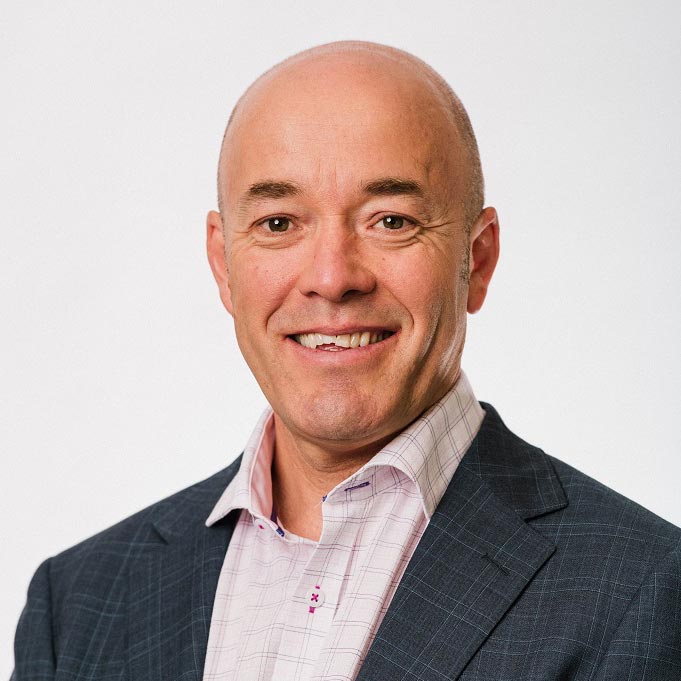
Dr Andrew Dunbar
Executive director, industry, innovation and small business
Andrew is currently the Executive Director, Industry, Innovation and Small Business in the Department of State Development. Previous roles in the South Australian Government have included the Chief Operating Officer, Office of the South Australian Chief Entrepreneur and prior to this role, Director of the Office of Science, Technology and Research within the Department.
Andrew has more than 17 years’ experience working in the life sciences (biotech and pharma) industry both in Australia and Europe.
Andrew has a PhD in molecular biology/biochemistry from Flinders University, is an Observer on the Board of the SA Venture Capital Fund, an Advisory Board Member of the Institute for Sustainability, Energy and Resources (ISER) at the University of Adelaide and is a Director of SABRENet Ltd.
Previous roles included Board Director and Vice President of Childhood Cancer Association, Director Business and Corporate Development at Mayne Pharma Group and Senior Manager, Corporate Business Development and Acquisitions at Novozymes A/S, based in Denmark. He has also held senior roles at GroPep Ltd, Bionomics Ltd and CSIRO. Andrew is a Graduate Member of the AICD.
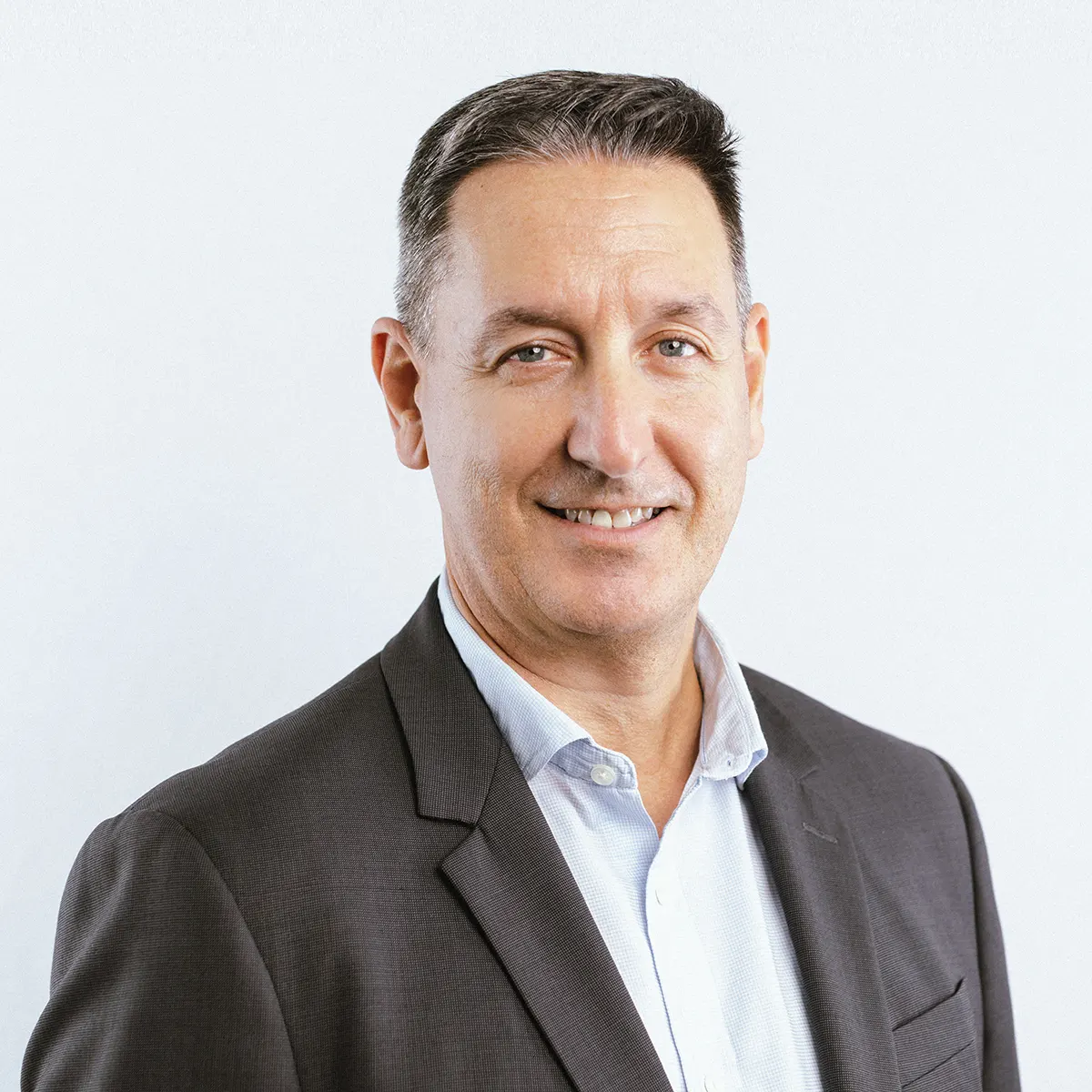
Chris Wood
Director, Invest SA
Chris was appointed as Executive Director of Invest SA in November 2022. Operating within the Department of State Development, Chris leads a dedicated team focused on attracting national and international investment to South Australia.
Prior to this, Chris was CEO – Regional Development Australia (RDA) in Adelaide, where he led multiple initiatives including RDA’s Regional Blueprint, cross departmental projects at the State and Federal level, and development of an investment pipeline of over 750 projects.
Before joining RDA, Chris spent a decade as Managing Director of Edge International Consulting. The company was established by Chris to provide commercial opportunity identification and investment facilitation services to domestic and international businesses to unlock long-term, sustainable projects. This included infrastructure development and international joint ventures to invigorate local economies, build wealth and create jobs.
Chris has also held positions with the Australian Government, working as Consul and Trade and Investment Commissioner in Sapporo, Osaka, Nagoya and Fukuoka, where he led energy and agribusiness investment teams across north-east Asia.
History of space
in south Australia
With origins dating back to the nation’s first rocket launches in the 1950s, South Australia boasts a rich history at the forefront of Australia’s national and international space efforts. Explore South Australia’s rich history in space, from early research to becoming home to the Australian Space Agency and pioneering companies.
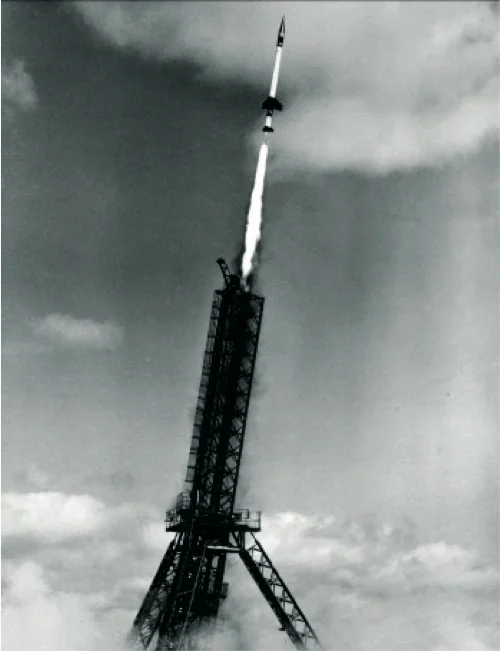
1940s – 1970s
The Woomera Rocket Range and Early Launches
1947
In 1947 the Woomera Rocket Range was established in South Australia on the Arcoona plateau as part of an agreement between the British and Australian governments under the Anglo-Australian joint project. The Range was established to develop long-range missiles in response to the threat of attacks on London in WWII and the developing cold war in Europe. Over 4000 short-range missiles were tested between 1947 and 1980.
1950s
In the 1950s larger Blue Streak missiles were developed and large testing and launcher sites were constructed on the edge of Lake Hart. Although the weapons program was abandoned, the Blue Streak rocket became the first stage of the Europa rocket, developed jointly by Britain, France, West Germany, Belgium, Italy and the Netherlands, under the European Launcher Development Organisation Program (ELDO). The program launched 10 rockets between 1964 and 1970.
1957
South Australia hosted significant research into space through the launching and monitoring of over 250 Skylark sounding rockets over 20 years. The experience enabled Australian research teams to develop the Australian-designed Long Tom sounding rocket which was used to develop instrumentation at Woomera and to study the upper atmosphere.
1957
In 1957 a Minitrak satellite tracking station and Baker-Nunn satellite tracking camera were established in Woomera, starting a long association between Australia and the United States (US) in the field of space tracking. In 1960 NASA established a deep-space instrumentation facility at Island Lagoon and a Mercury spacecraft communication station at Woomera. The tracking and communications facilities proved South Australia as an ideal location for space-support activities due to its geographic location, large testing areas and growing expertise in supporting space activities.
1967
In November 1967 the Australian-built Weapons Research Establishment Satellite (WRESAT 1) was successfully launched into orbit from Woomera on board a modified US Redstone rocket (the same type used to launch the first US astronauts into space). This made Australia the third country, after the US and the USSR, to launch a satellite to orbit from its own territory.
1971
In 1971 Britain’s BLACK ARROW rocket launched from Woomera carrying the satellite Prospero into polar orbit where it will remain until around 2070.
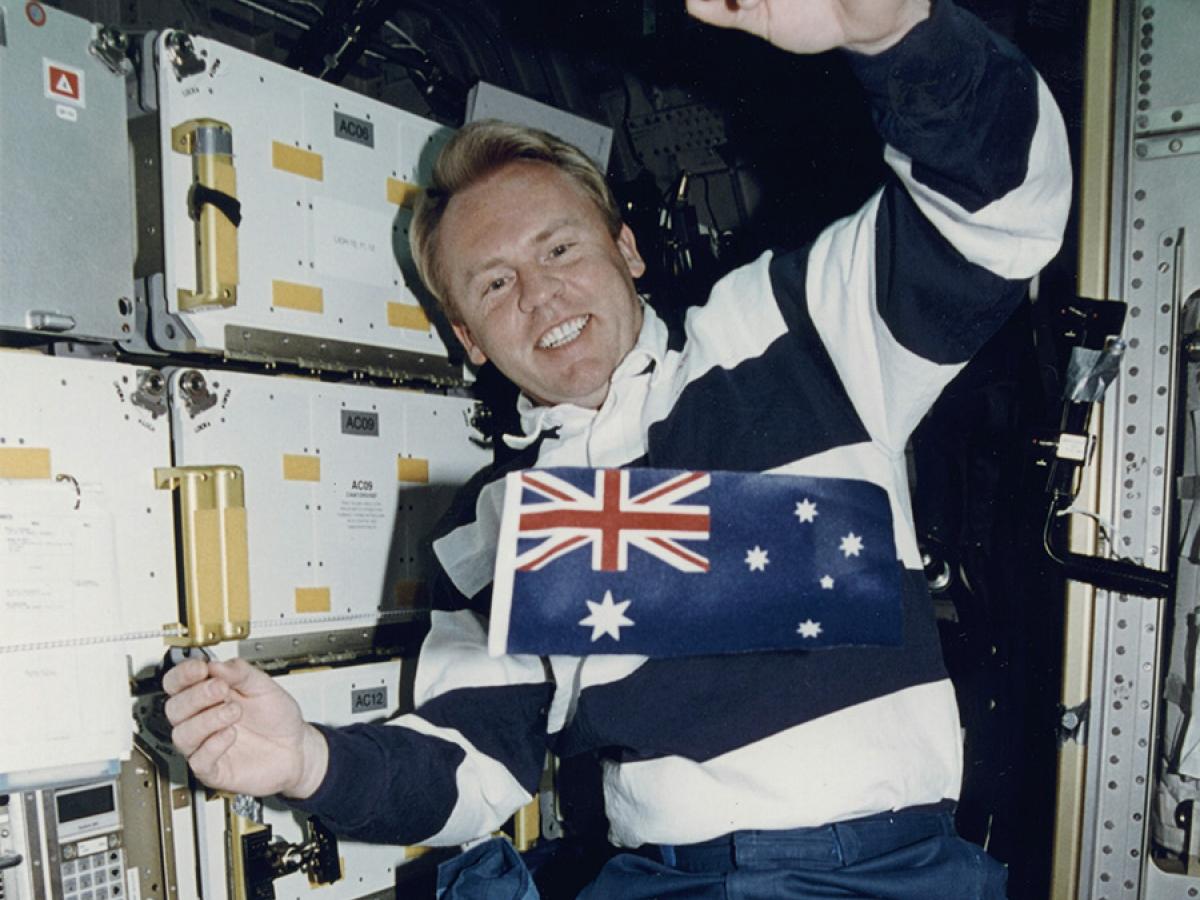
1990s
International Collaboration and Reusable Technology
1995
Several international space programs continued in South Australia throughout the 1990s. 1995 saw the start of the Express mission, a collaborative program between Germany and Japan to land an unmanned re-entry capsule at Woomera. The spacecraft was launched from Kagoshima Space Centre in Japan on 15 January 1995. Although the landing did not eventually happen at Woomera due to technical problems, Australian support during this mission pioneered the approach for future spacecraft programs at Woomera.
1996
In May 1996, South Australian-born astronaut Dr Andy Thomas conducted his first trip into space on the Space Shuttle Endeavour. He logged a total of 178 days in space during his career.
1996
Also in 1996 a total of 13 Japanese Automatic Landing Flight Experiment (ALFLEX) landing trials took place over a range of experimental conditions, with all being spectacularly successful. The Japanese also established four 10m space satellite telescopes to the north of the Woomera airfield to study high energy Gamma Rays.
1996
In 1996 US company, Kistler Aerospace Corporation developed Kistler K-1, one of the first ever fully reusable launch vehicles. Kistler had a contract for 10 satellite launches worth over $150 million. Woomera was chosen over Nevada to be the first site for the test launches.
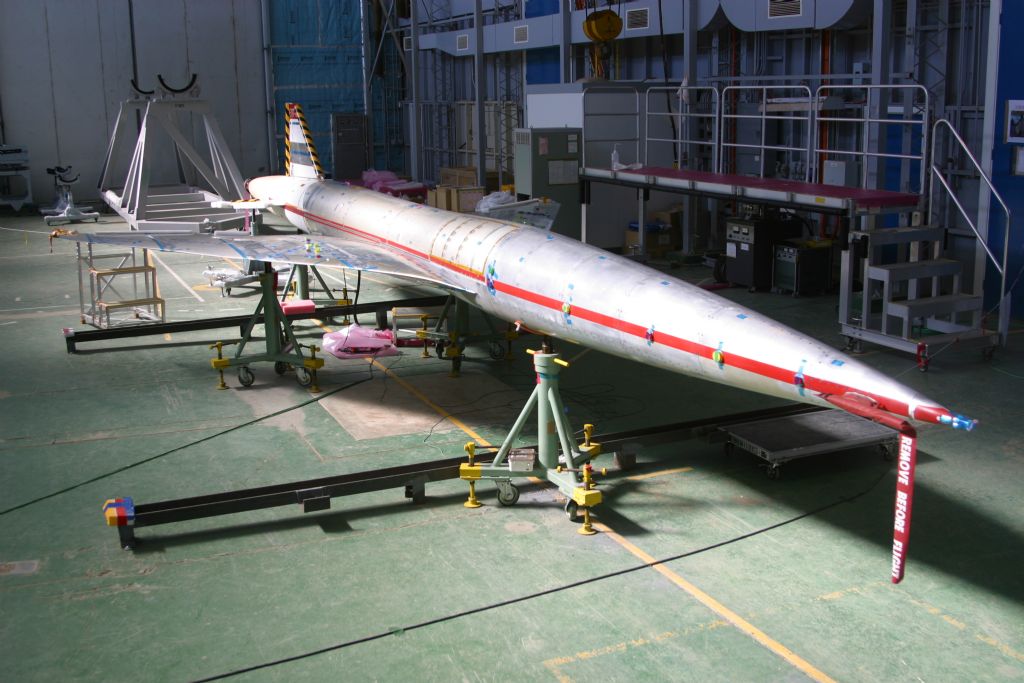
2000s
Woomera Upgrades for Supersonic Flight Trials
2002 – 2004
Between 2002-2004 the Japanese Aerospace Exploration Agency (JAXA) conducted the National Experimental Supersonic Transport (NEXST) flight trials at Woomera. JAXA undertook significant upgrades at Woomera with extensive support from the Royal Australian Air Force and Adelaide aerospace companies. Further upgrades to Woomera were confirmed in 2016 over 10 years which will transform the Woomera Range Complex into the most sophisticated land-based test range in the world.
2010s
A New National Space Agency and Local Growth
2010
In 2010, South Australia was the landing site for Hayabusa 1, the first unmanned spacecraft to return to Earth. The Hayabusa 1 spacecraft was launched by JAXA on 9 May 2003 from Kagoshima Space Centre to collect a sample from the asteroid Itokawa. The rendezvous with Itokawa was accomplished with pin-point precision in September 2005. The recovery of the capsule followed a spectacular re-entry sequence over the South Australian desert. Following the success of the first mission, Hyabusa 2 was launched in 2014 and is due to return to Woomera in 2020.
2011
In 2011 the University of South Australia commenced the Southern Hemisphere Space Studies Program in collaboration with the International Space University (ISU). The program is a unique, five week live-in experience focusing on an international, intercultural and interdisciplinary educational philosophy for which the ISU is renowned.
2016
Since the creation of the space office in 2016, the South Australian state government has provided extensive support to nurture the growth of space enterprise, education and research in South Australia, establishing Adelaide as a thriving space hub.
2017
In April 2017, Adelaide University and the University of South Australia teamed up to develop one of 50 CubeSats as part of the global QB50 initiative, one of four Australian satellites to be built in over 15 years. Australia’s future in space looks promising and is set to reach new heights.
September 2017
In September 2017, the South Australian Space Industry Centre (SASIC) was officially established by the South Australian Government. The new centre was set up to build on the work of Defence SA’s Space and International R&D Collaborations team and take ownership of progressing South Australia’s space strategy. The SASIC team continues to sit within Defence SA and reports directly to the Defence SA Chief Executive.
In late September 2017, the Australian Government confirmed that it would create a new national space agency after repeated calls from the South Australian space sector. The formation of the agency promised to create an opportunity for Australia to increase its share of the then $420 billion global space industry. Detailed plans for Australia’s future in space were outlined at the International Astronautical Congress in Adelaide in the same month.
From 25 to 29 September, Adelaide hosted the 68th International Astronautical Congress, the world’s largest annual gathering of space professionals hosted by the International Astronautical Federation and the Space Industry Association of Australia. The event provided South Australia with the opportunity to promote its space capabilities, provided a platform for local hi-tech companies, research organisations and universities, and allowed the encourage STEM career opportunities.
December 2018
In December 2018, it was announced that Adelaide, South Australia would be home to the newly established Australian Space Agency, with the national headquarters to be located at Lot Fourteen. The decision reinforced state’s long-standing contribution to Australia’s space journey. The announcement was made in conjunction with the Adelaide City Deal, which saw the Federal and State government sign a Memorandum of Understanding committing to growing Adelaide’s economy.
March 2019
In March 2019, the Federal Government announced that they would commit $12 million in funding towards establishing a national Mission Control Centre at Lot Fourteen, co-located with the Australian Space Agency headquarters. The centre would eventually provide local companies and research organisations with the facilities to control small satellite missions, enable real-time control and test emerging satellite technology.
April 2019
In April 2019, it was announced that South Australia would host the SmartSat Collaborative Research Centre (CRC), a $245 million research effort focused on growing the nation’s space capability. The CRC, which us a consortium of over 85 industry, government and research organisations led by Uni SA and Nova Group, received a $55 million funding boost from the Australian Government. The CRC focuses on research and development initiatives in intelligent satellite systems, advanced communications and Earth Observation analytics.
2020s
Commercialisation and Local Manufacturing
September 2020
September 2020 saw Adelaide companies Southern Launch and DEWC Systems enter the history books when they launched Australia’s first space capable rocket to the edge of space from the Koonibba Test Range in outback South Australia. Two rockets, developed in collaboration with Netherlands company T-Minus Engineering, were launched carrying a DEWC prototype electronic warfare unit capable of detecting radar signals into the thermosphere where they were released before falling back to earth.
December 2020
On 6 December, the Japanese Aerospace Exploration Agency (JAXA) welcomed the return of the Hayabusa II satellite at the Woomera Test range in outback South Australia. The satellite returned after spending seven years in space analysing and surveying asteroid 162173 Ryugu. A delegation from JAXA travelled to South Australia to recover samples collected by the satellite, before returning with them to Japan for analysis.
January 2021
The South Australian Government announced a partnership with the SmartSat CRC, Inovor Technologies and Myriota to send a locally manufactured small satellite to low Earth orbit in 2022 – the first State Government to ever embark on such a mission. The $6.5 million SASAT1 Space Services Mission will improve state services like emergency services, water quality monitoring, mining and bushfire mitigation. The satellite has been named Kanyini, a Pitjantjatjara word submitted by Findon High School students in a naming competition, meaning responsibility and unconditional love for all of creation.
March 2021
The Australian Space Discovery Centre and Mission Control Centre formally opened in the heart of Adelaide at Lot Fourteen. The facilities mark another milestone for South Australia’s space ecosystem, further cementing the state as the nation’s home of space innovation.
The Australian Space Agency awarded Australia’s first launch facility licence for Southern Launch’s Koonibba Test Range. This was followed by a second launch facility licence in July 2021 for Southern Launch for its Whalers Way Orbital Launch Complex.